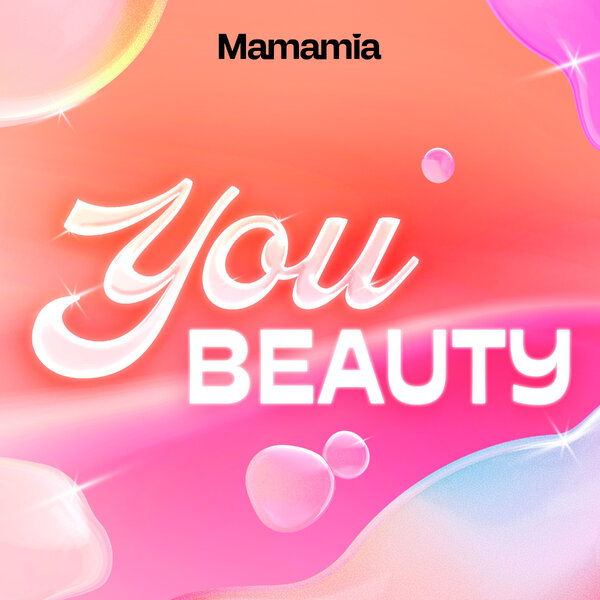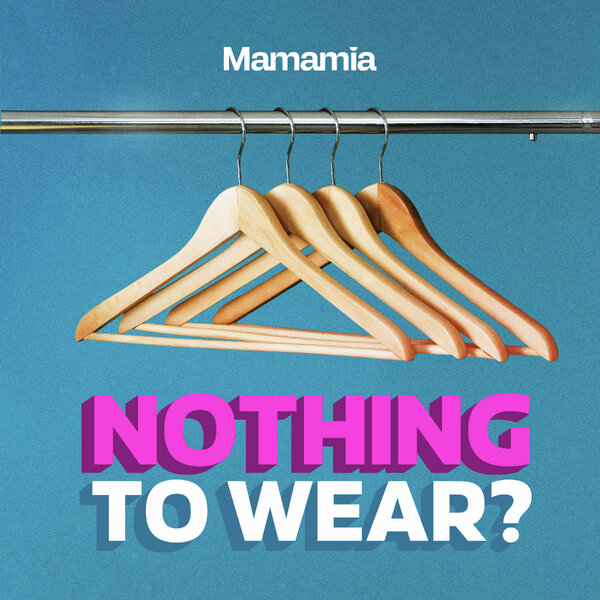by JESSICA BARLOW
Boys, sex, relationships, makeup and clothes. Is this really all we’re supposed to care about? Personally, I’m kind of insulted that these are the issues that magazines aimed at young women focus on.
I’m also pretty frustrated at the increasingly popular practice of digitally altering the appearance and shape of people featured in magazines. Don’t the editors realise the negative repercussions of this?
Photoshopping images of models is a common practice in the world of magazines and in many instances I have no problem with it. Where I do have a problem with it is when the true sizes and physical appearance of girls featured are changed without telling the reader and even more so when this happens in magazines targeted at teenage girls. The reason is that teenage girls aspire to be like the girls they see on the pages. Digitally creating these unreal girls is setting readers up for failure.
How do I know this?
It was repeated exposure to ideals like this that shaped my high school years. Some days I was so upset that I didn’t look as beautiful as the women in magazines like Cosmo and Cleo that I didn’t want to leave the house. I cancelled plans for the same reason.
Any girl who didn’t look like the beauties in the magazines was excluded at lunchtime and my body confidence took a massive dive. The power of magazines upon young girls is simply unbelievable. Their reach extends far beyond the pages and straight into the minds and behaviours of readers.
Who am I? Like most of the stereotype driven content in magazines like Cosmopolitan and Cleo, it’s not important, but the media initiative I’ve just launched is.


Top Comments
It's Adam *Levine - typo in the photo gallery
"Photoshopping images of models is a common practice in the world of magazines and in many instances I have no problem with it."
Aren't you either for or against it?